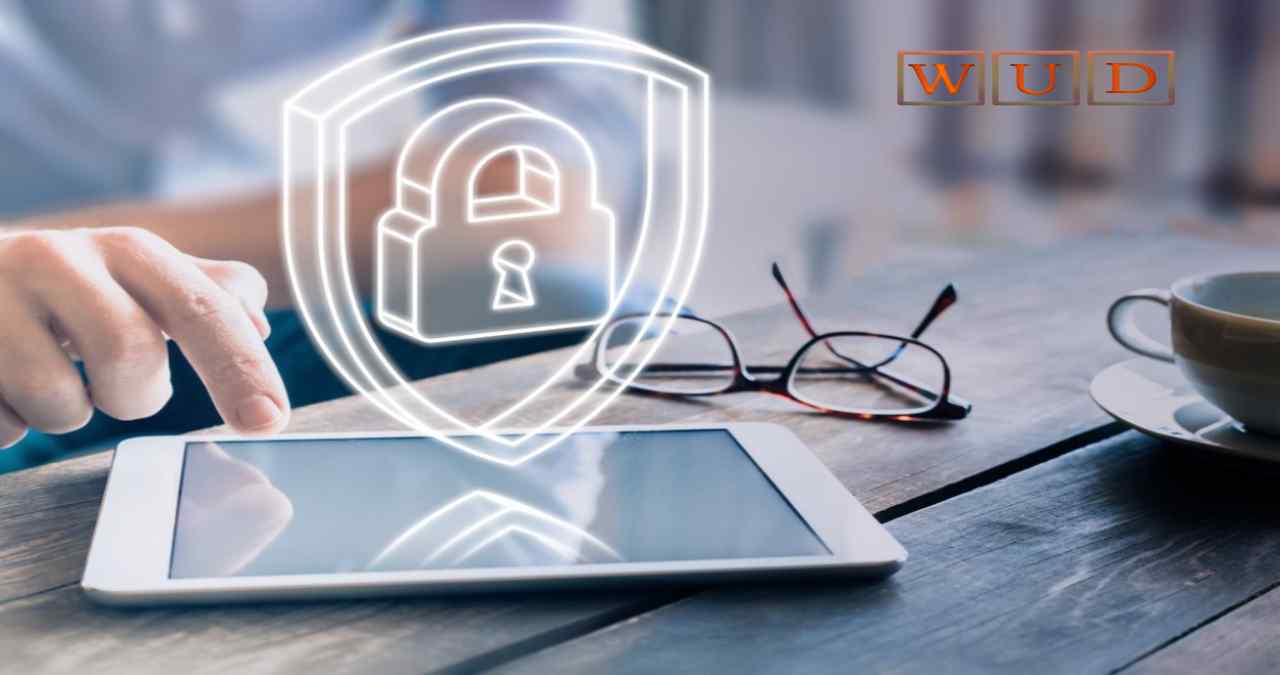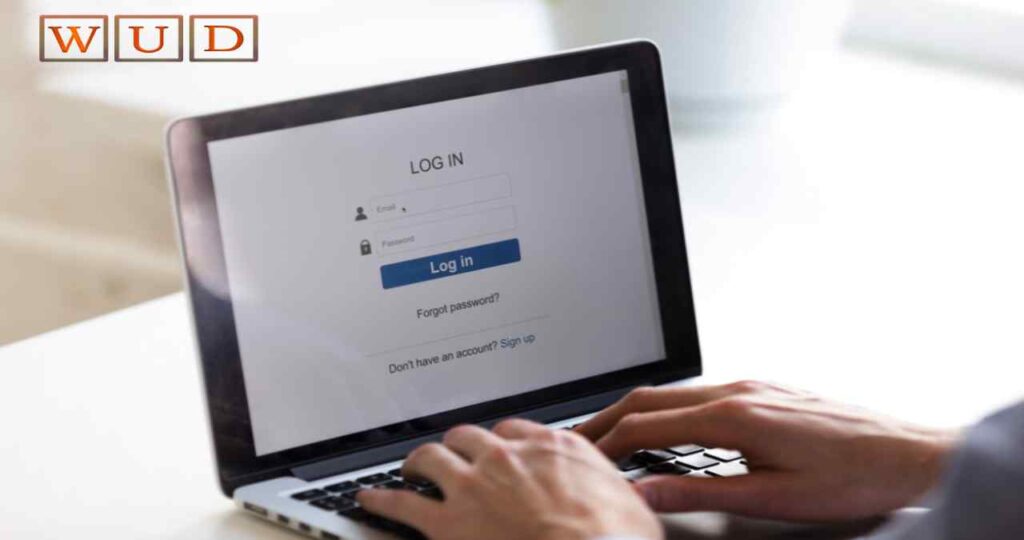Cybersecurity Culture: Is it a Necessity?

In the last decades, the world has significantly changed in terms of work and operations. It is impossible to imagine a business not involving at least one computer or device. Accountants use them to calculate profits, managers to track the employees’ progress, while researchers apply programs to create a competitive advantage.
Each of them favors hiding the information. Accountants and managers aim to keep the data about salaries in secret, while the researchers would better secure their findings so that no one could steal their invention. It is all about cybersecurity. Thus, before starting to pick cybersecurity solutions, the ones provided in Kaspersky or PC Pitstop reviews, one should know how they define the workplace and operation.
Table of Contents
Cyber Security and Workplace
Cybersecurity refers to the protection of computer systems from digital attacks. The goal of such cyberattacks is usually to gain access to confidential information, modify or destroy it, extort money from users, or disrupt normal business processes. A smart approach to workplace cybersecurity involves multiple layers of protection for computer networks and systems.
An organization must align people, processes, and technology to deliver efficient safeguard against cyber attacks. Here are factors that constitute cybersecurity culture in the workplace.
People. Employees should understand and follow basic data protection principles such as choosing strong passwords, being careful with email attachments, and backing up data. In turn, managers and team leaders should facilitate and encourage the right treatment of data at work.
Processes. Organizations must deploy a system to prevent and mitigate cyberattacks. One established strategy can help. It will explain how to identify attacks, protect operations, detect threats, respond to them, and remediate the consequences of successful attacks. Also, ideally, every process must have a scenario for a possible hacker attack.
Technology. Technologies are at the heart of creating computer security tools to protect organizations and individuals from cyber attacks. There are three main groups of objects to preserve: endpoints, such as computers, smart devices and routers, networks, and the cloud. Naturally, there must be professionals to manage these to prevent possible hacker attacks. However, executives may also get involved in researching the best cybersecurity technologies, such as antiviruses.
Also Read: Cybersecurity In Teleworking An Approach Guide For The Entrepreneur
Workplace cybersecurity justification
Everyone uses advanced cybersecurity software in today’s networked world. On an individual level, a cyberattack can lead to a wide variety of consequences. The identity theft, attacks aimed at extortion, financial gain, the breach of data, and its loss are the most vivid cases.
The avoidance of these events is fundamental to the smooth functioning of any firm or business. In this regard, Bestantiviruspro.org has some reviews of antiviruses for corporate goals.
Know your data
To keep your business data safe, you must audit and determine which of them are public information (and therefore should not be carefully guarded), which are of medium importance, so that they will not significantly affect the business in the event of a leak (some security measures should be established for them).
Finally, executives should understand which data is most important and confidential. The latter must be protected as reliably as possible with the strictest access rights for employees and partners. It is likely to prevent paying seven figures or using third companies like Coveware to negotiate with hackers and get data back.
Account security
Authentication is the act of verifying identity (whether a user, computer, or other devices) by comparing the provided credentials with an existing database of authorized users before allowing a given system or application to access the system.
Entering a username and password to access your email account is the simplest example. But instead of relying only on passwords, which are becoming increasingly weak, we recommend using multiple factors for authentication.
Among these factors are some user’s secrets (for example, username/password, answer to a secret question), some of their physical property (for example, digital certificate, smart card), and some biometric factor (for example, fingerprint, face recognition).
Strong passwords

Many “black” hackers sell data that they managed to get after hacking. This includes information about thousands, if not millions, of users and their passwords. If you use the same password on every account, then it becomes a trivial task for a hacker to gain access to all of your systems.
It is much more complicated if the password is long, composed of various characters, and does not contain words from the dictionary. Use a password manager to ensure you don’t forget unique passwords for each service.
Timely software updates
Hackers are always looking for new vulnerabilities in the software your business is using. Finding them is as easy as finding a path on your Windows network. Simultaneously, the software companies themselves are working hard to release patches to fix these vulnerabilities, so it is essential to update the software as soon as an update is released.
Data backup
Backups ensure that files can be recovered in the event of data loss. You should always store your data in different locations, physically separated, so that hackers cannot access everything at once. And the backups need to be updated regularly.
Personal devices in the workplace
Some companies allow employees to use personal mobile phones for work. This improves productivity and efficiency but opens up opportunities for an attack.
These smartphones can be compromised and used to access your corporate network. Bring Your Own Device (BYOD) rules will help educate employees about the use of mobile technology and how to reduce the risk of such an attack.
Also Read: Cybersecurity Trends For 2020 And 2021
